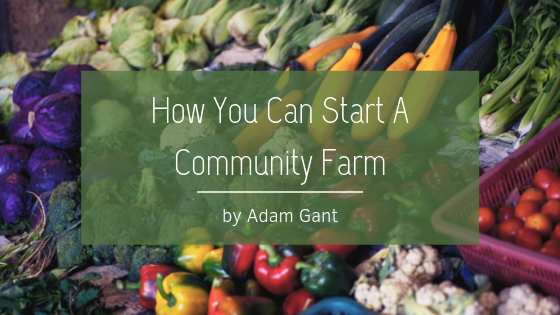Fundraising, for most charities, is a never-ending task. There is always more to be done than most charities have either the finances or resources to do. When resources are already stretched thin just trying to accomplish the primary mission of the charity, it can be easy to see why so many charities are reluctant to dedicate additional resources to recruiting, managing, supervising, or even training volunteers. This can, at times, seem like a tremendous waste of meager and precious resources for a charity.
For these reasons, most charities prefer to simply cultivate donors that will give money rather than volunteers who only give of their time. While understandable, however, this line of thinking may actually do a charity far more harm than good. The truth is, volunteers are not only every bit as valuable as donors but may in fact be even more so. In fact, in many cases, your best volunteers may also become your best donors.
Mother Teresa may have built one of the most successful and longest-lasting charities in the 20th century. One of the many ways in which she accomplished this work was by cultivating a long string of wealthy benefactors. Rather than simply taking their money, however, Mother Teresa was well known for encouraging them to “come and see.” She didn’t just simply want donors to give money, she wanted them to come and see the need for the charity.
Seeing a picture of a starving child, a storm-ravaged area, or an abused animal can certainly have an impact, but it is no match for personal interaction. A person may simply walk away from a picture and forget its very existence within a few minutes. Actually picking up a starving child and feeling the fragility of their bones and the shocking lightness of their frame, however, is an experience that may stick with someone for a lifetime. No matter how challenging it may be, the more exposure you give potential donors to the realities of the work you are doing and the very real need for it, the more likely you are to find all of your most valuable programs fully funded as soon as the need arises. The more your potential donors are able to see the need first-hand and with their own eyes, the more likely they are to help ensure you have all the resources you need to alleviate the problem.






